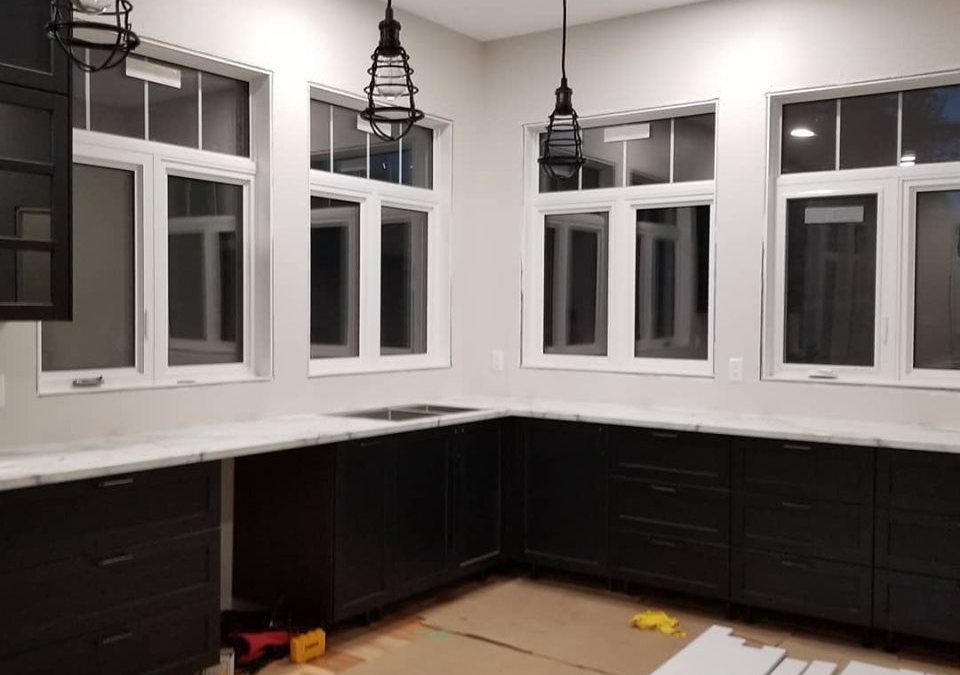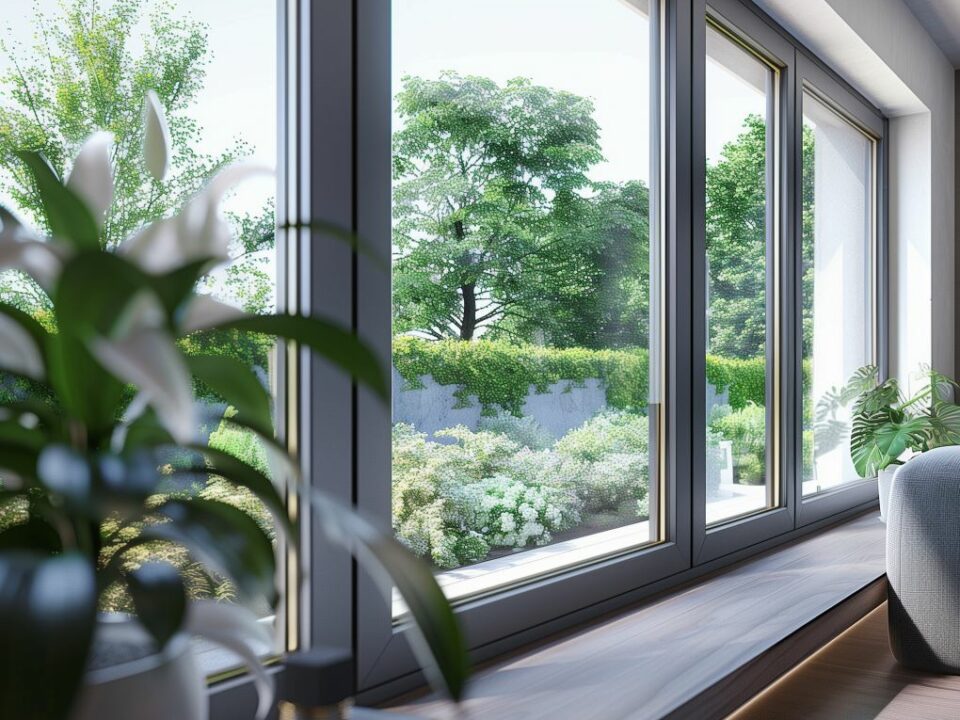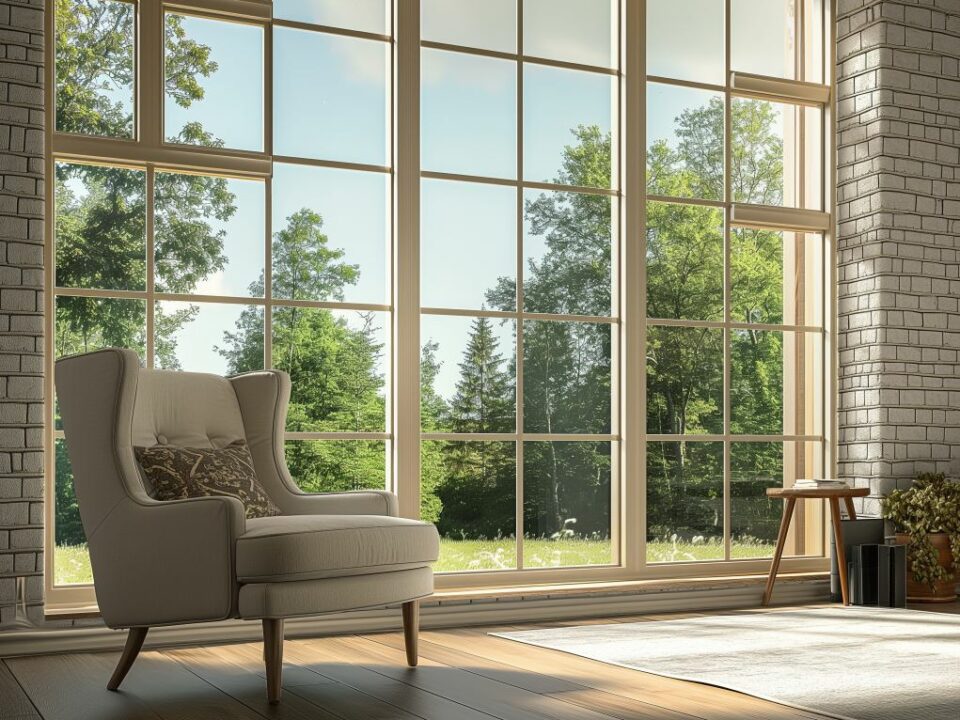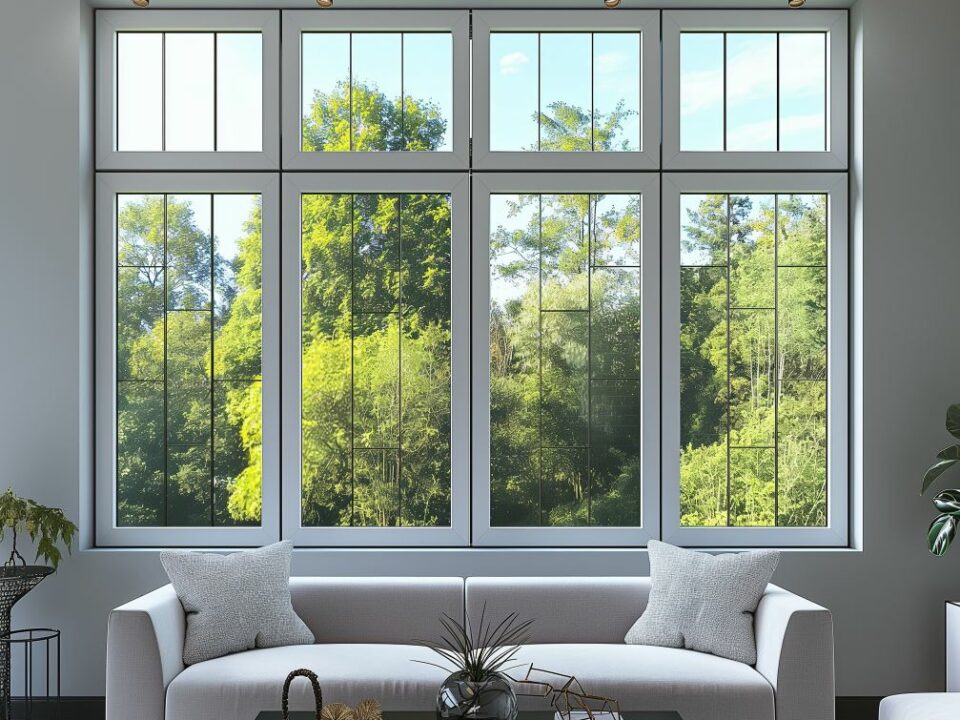- Contact Us Today
- 204-832-5586
- info@pioneerwindow.com
Do Your Replacement Windows Have Condensation?
Many homeowners, whether they have old windows, or just installed brand new replacement windows on their Winnipeg, MB homes, are plagued by annoying condensation. This condensation can be a big problem, as it often can block the view, drip on the floor, and even freeze on the glass. Where does this condensation come from? What can you do about it? Keep reading to learn more.
First of all, this condensation is not your windows’ fault. It’s simply a result of excess humidity, and can form on almost any kind of window, from wood and vinyl to aluminum, old to new. Condensation forming on windows is the result of fog and water droplets that gather on window glass. They are just a different version of the condensation that forms on the outside of a glass of iced tea in the summer. They both come from water vapor in the air, though the condensation on your windows can be much more annoying than on your iced tea.
This phenomenon occurs because when outside temperatures go down like in Winnipeg winters, the warm air inside your house comes into contact with the cool glass surface on your windows. Since cold air holds less moisture than warm air, this contact makes the water vapor in the warm air quickly condense onto the cold glass. Your replacement windows themselves do not cause condensation. Rather, the windows simply provide the cool surfaces necessary for water vapor to condense onto.
But where does this extra moisture in your home come from? When you sweat and breathe inside your home you are releasing moisture into the air. You are also creating more moisture when you cook, take a shower, or do laundry. In fact, every activity that uses water adds moisture to the air. Moisture in the home can also come from the home’s energy efficiency. For example, older homes are not as weather-tight as newer homes, and therefore allow in extra moisture from the outside.
Excess indoor moisture or humidity can show itself in other ways besides window condensation. Keep an eye out for damp spots on ceilings and room-side surfaces of exterior walls, particularly closets. When the weather gets cold, check the walls, windows and doors for water and ice. It’s important to be aware of these signs, as excess humidity is bad for your home.
If you are ready to get rid of this condensation issue for good, start by consider replacing single pane glass windows with windows that have double-pane glass with a low-e coating and argon gas filling. While these widow and glass types are not guaranteed to eliminate condensation, they should go a long way in reducing it. You can also try and reduce the extra moisture in your home by getting a dehumidifier.
Want to learn more about condensation or about Winnipeg, MB replacement windows? Pioneer Window & Door Mfg Ltd is here for you. Please stop by and visit us at 8 Fast Lane Headingley, MB, R4H 0C5, or give us a call at (204) 889-8422 for more information.




